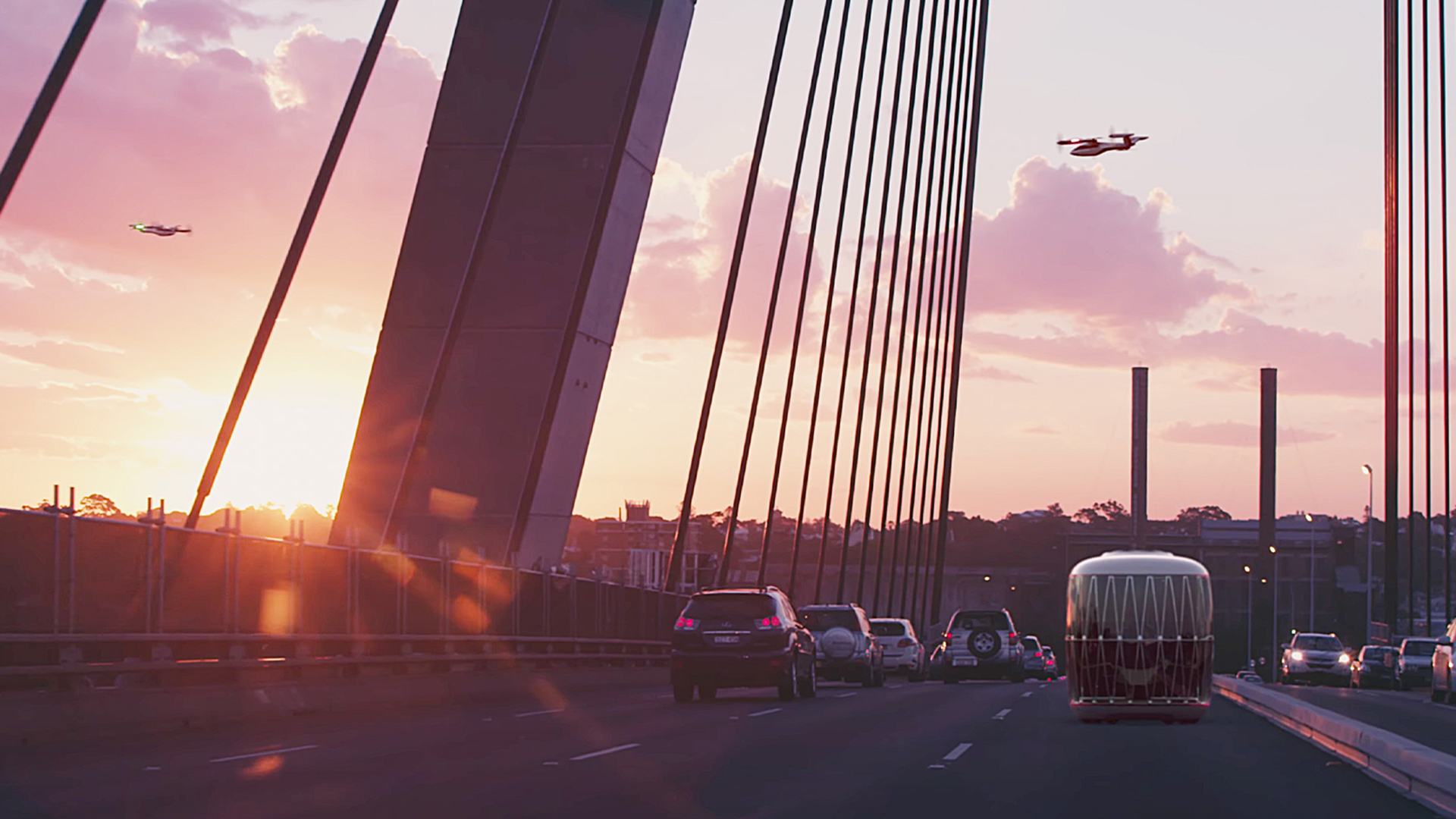
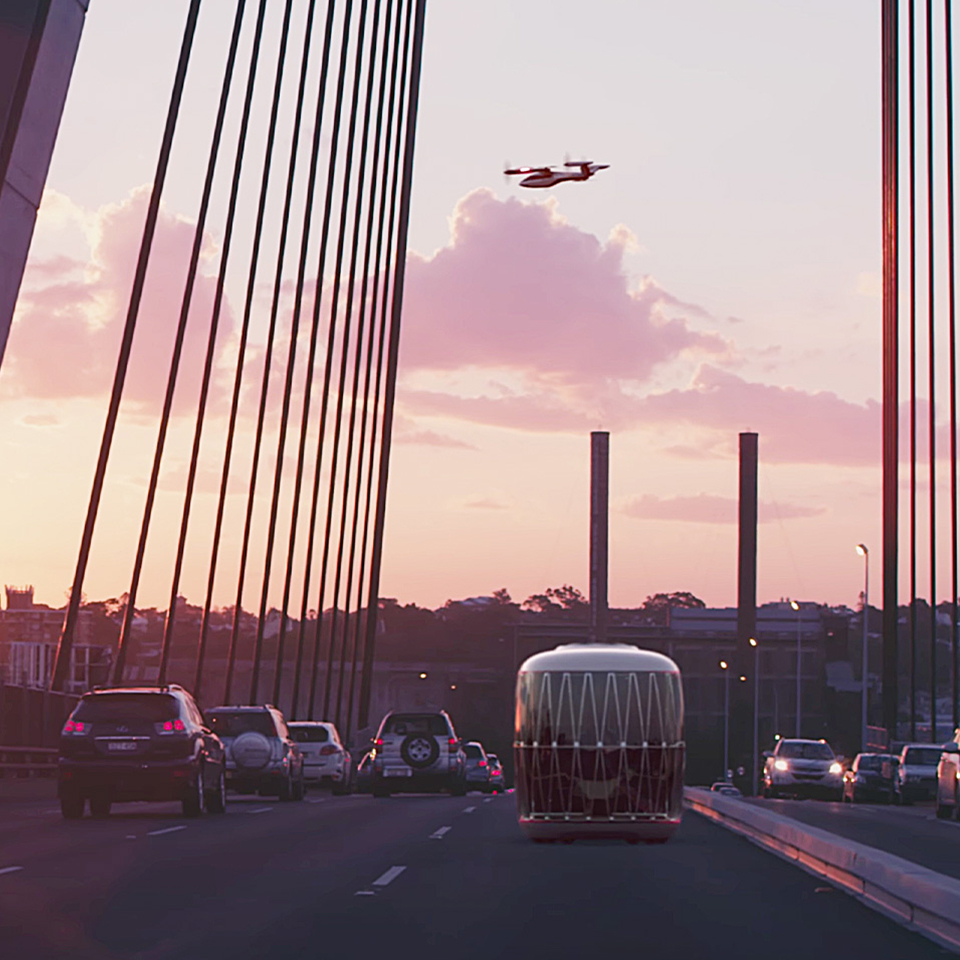


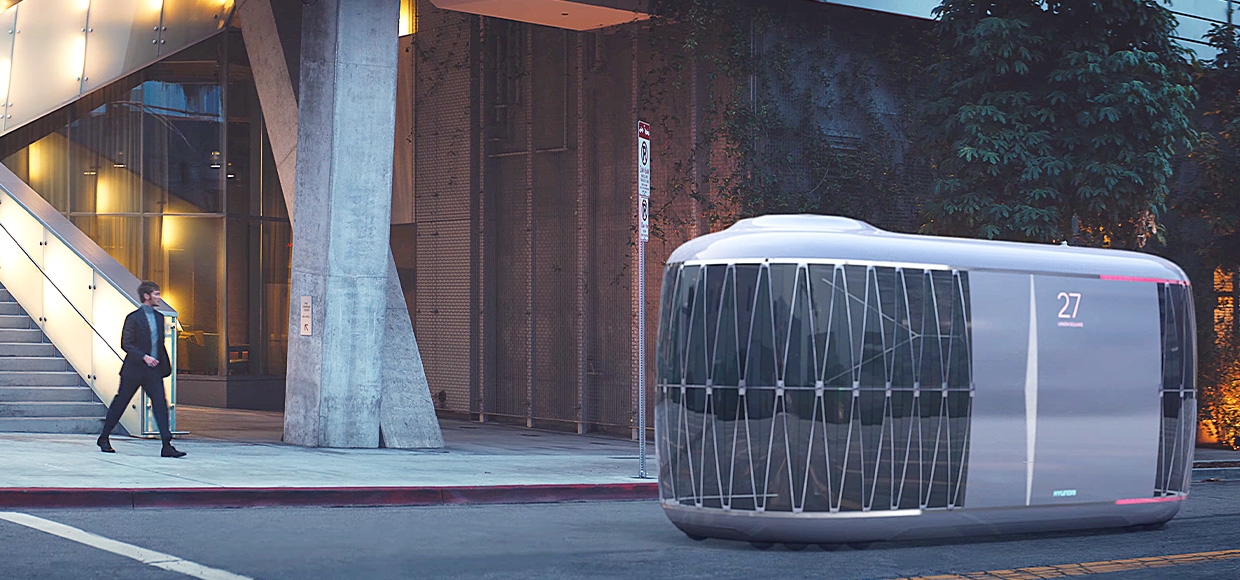
As the name suggests, PBV (Purpose Built Vehicle) has a clear purpose of use. It is a means of transport that is optimized for operational use and moves passengers or cargo safely and efficiently. Thanks to rapid electrification and the development of autonomous driving technology, it is evolving into a mobility device that is more optimized for the purpose itself rather than a driver-centered vehicle. It is expanding its scope to future mobility by designing the interior space more flexibly.
The global PBV market is also growing significantly. Annual sales volume of 320,000 units in 2020 is expected to increase to 1.3 million units in 2025. Therefore, many automakers consider PBV as one of the future mobility solutions. If so, what do they expect from PBV? Here are the details of the PBV strategies of global automakers and Hyundai Motor Group.
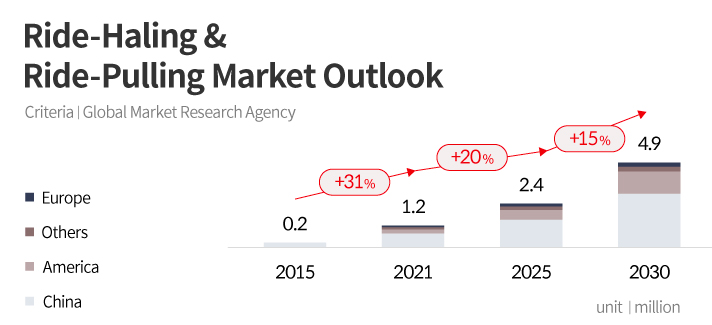
expansion of the sharing economy is one of them. Mobility services such as car-sharing and ride-hailing are expanding as consumers’ consciousness changes from owning a car to using mobility. A global market research company predicted that the mobility sharing service will grow from 1.2 million units in 2021 to 4.9 million units in 2030. For this reason, PBVs specialized in mobile services are trending.
At the same time, the demand for personalized mobility services has increased due to the impact of the COVID-19 pandemic, and the demand for logistics is also rapidly increasing as non-face-to-face e-commerce increases. According to the 2020 announcement by the World Economic Forum, an international organization for public-private cooperation, the demand for last-mile delivery in 100 cities worldwide is expected to increase by 78% by 2030. The number of these vehicles will also increase by 36%. And this boosted the global auto industry. They are planning a variety of projects, from the electric PBV demonstration project that has already been put into mobility service and commercialized as well as a concept that reflects future automobile technology. In other words, PBV expects to play the role of last-mile delivery, transporting people and cargo between locations in the city without emitting pollutants, and delivering it directly to customers with the help of autonomous driving technology.
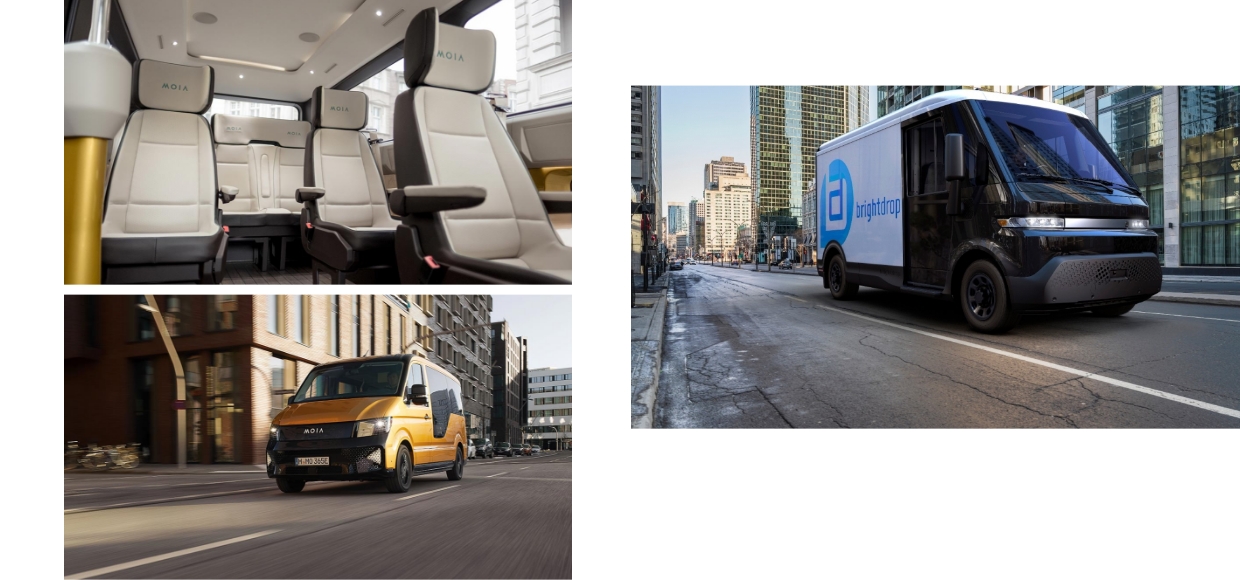
Volkswagen Group MOIA+6
The Volkswagen Group operates the ride-pooling service MOIA in Hamburg and Hannover, Germany. MOIA+6 is a PBV developed by Volkswagen exclusively for MOIA service. It is an electric van carrying up to 5 passengers and can travel up to 300 km (based on WLTP). Ride Pooling is an area-based shared mobility service that allows users to call a vehicle from a desired location and ride to their destination. For reference, in Korea, Hyundai Motor Group operates a shuttle, a ride-pooling service in Eunpyeong New Town, Paju Unjeong City, and Sejong Special Self-Governing City.
PBV EV600 for GM Last-Mile Delivery
At CES 2021, US automaker GM introduced the EV600, a PBV for last-mile delivery based on the electric pickup truck platform Ultium, and the small model EV410. The automaker is said to have started supplying EV600 to US shipping company FedEx for the first time this year and to supply 5,000 units of EV410 to US leading retailer Walmart. With software support for the EV600 and EV410, GM provides the most efficient route and overall driving-related services, including vehicle management/updating. The features include real-time vehicle location at the operation center, remote control, remote diagnostics, battery and charge status check, wireless software update, and more.
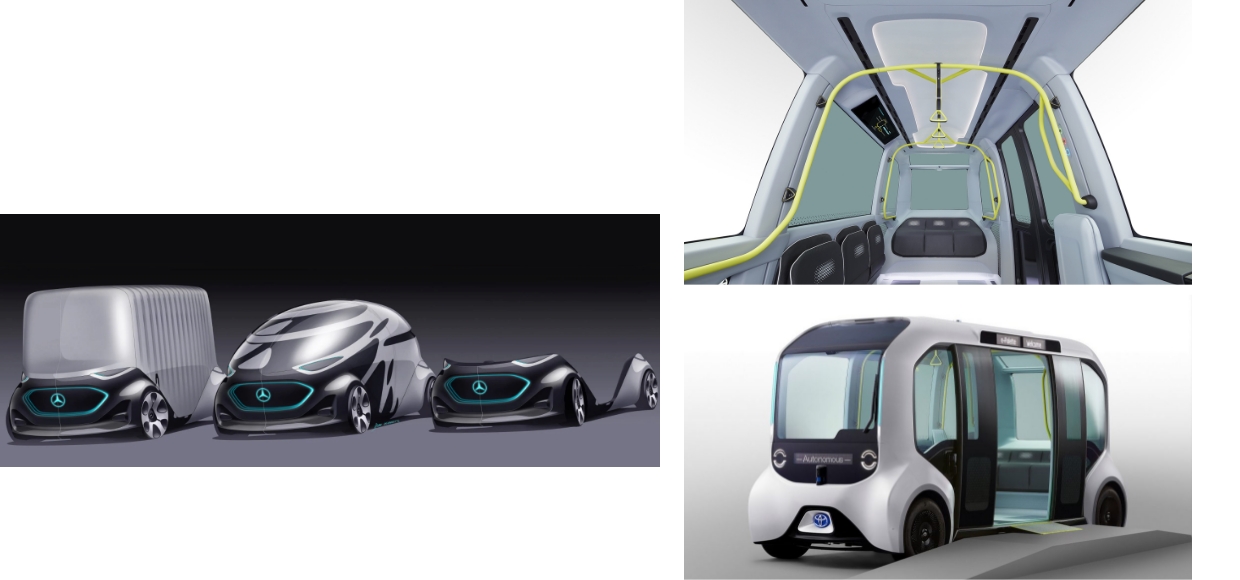
Mercedes-Benz Vision Urbanetic Concept
The Vision Urbanetic, unveiled by Mercedes-Benz in 2018, is a concept car that maximizes the expandability of the PBV. On a skateboard platform equipped with autonomous driving technology, the upper body specialized for cargo transport or passenger transport can be freely changed. As it is based on autonomous driving technology, space efficiency has been improved while removing the driver’s seat, and the length of the body is 5.14 m, and the length of the load space is 3.7 m. Vision Urbanetic becomes a multi-purpose PBV that uses passenger transport cabins during rush hour in the early morning or late afternoon, and a cargo-transporting unit for the rest of the time.
Toyota e-palette concept
Toyota’s e-Palette is an autonomous (SAE level 4) shuttle completed with a skateboard platform with batteries stored on the body floor. The driver’s space has disappeared due to unmanned autonomous driving, so it has superior space efficiency to the current PBVs. The space-oriented design of symmetrical cube shape, large sliding doors, and low floors and electric ramps make it possible for passengers in wheelchairs to get on board quickly and easily. In addition, focusing on the purpose of shuttle transport, it can carry up to 20 passengers and run at speeds of up to 19 km/h. Toyota has partnered with not only ride-hailing service providers such as Didi Chuxing and Uber, but also companies with high demand for logistics - including Amazon, the world’s largest online shopping mall, and Pizza Hut, a global restaurant franchise - to plan mobility services using e-palettes and their pilot projects.

PBV for last-mile transportation of EV startups
EV startups such as Arrival and Rivian are actively commercializing PBVs for last-mile transportation using electrified powertrains. These companies not only sell vehicles but also provide services such as charging management, vehicle maintenance, and operation data management for commercial vehicles with long mileage. Arrival, a British electric vehicle manufacturing startup, has signed a contract to supply 10,000 electric walk-in vans with United Parcel Service (UPS), a US shipping company. The walk-in van is designed in the form of a standardized module so that major specifications such as battery capacity, drive motor output, and upper body can be adjusted depending on the operating company.
Meanwhile, Rivian plans to supply 100,000 prime vans to Amazon by 2030, a PBV exclusively for last-mile delivery. The Prime van is equipped with various functions such as a digital display, 360° camera, and voice recognition AI Alexa. In addition, the vehicle operation management program, Rivian Fleet OS, will optimize operation management to help reduce the total cost of ownership (TCO) of operators.
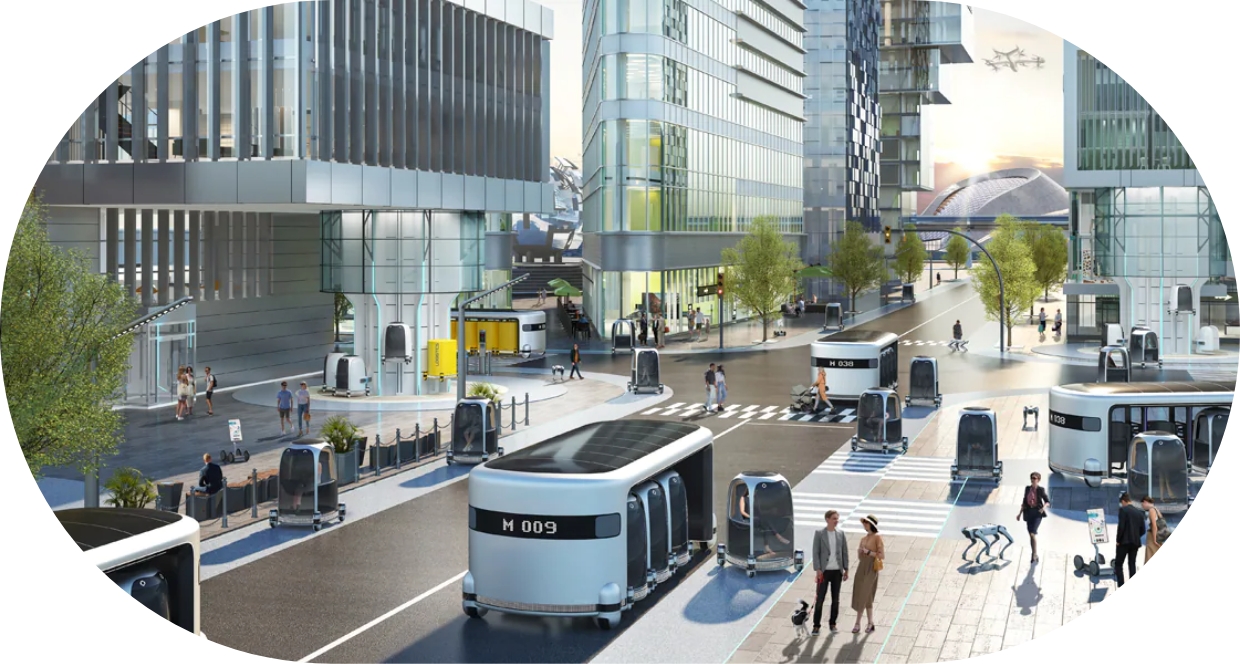
Hyundai Motor Group is concentrating its capabilities to commercialize PBV and materialize future mobility solutions. While spurring research on eco-friendly powertrain and autonomous driving technology, it is striving to secure PBV-related technologies, such as developing core parts, producing various types of vehicles, and researching platform-based body module assembly technology. The smart mobility solution unveiled by Hyundai Motor Group at CES 2020 is the blueprint for this. It embodies the organic connection between a flying urban air mobility UAM and an autonomous driving PBV on the road through a hub serving as an urban terminal.

The autonomous driving PBV S-Link, unveiled by Hyundai Motor Group, combines a skateboard platform with autonomous driving technology to flexibly respond to various purposes such as mobile coffee houses, hospitals, restaurants, and freight transportation. The body length can be adjusted from 4m to 6m depending on the purpose, and it houses a solar charging panel, a 360° rotating ball-type wheel, an interactive media wall that responds to mobile devices, and a display that informs driving information. In addition, the PBV houses the autonomous platooning function, so it communicates with each other and maintains a row, and can decelerate or change direction naturally, thereby using a route optimized for demand.
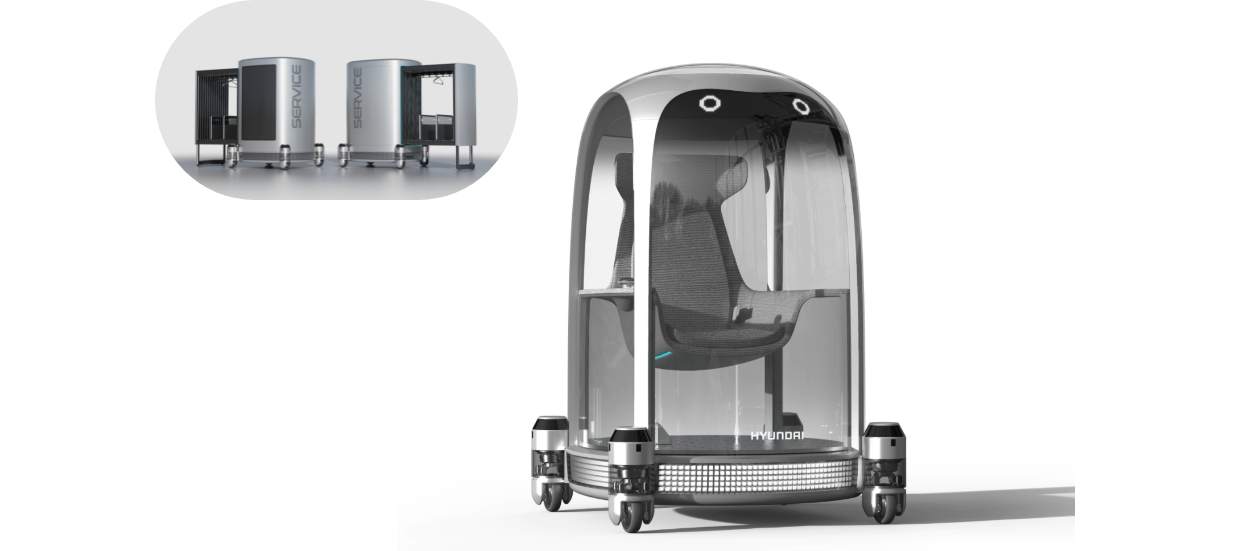
Single-seater PBV based on PnD module
The single-seater PBV concept unveiled by Hyundai Motor Group at this year’s CES contains the future of personal mobility for last-mile vehicles. An in-wheel motor, steering, suspension, brake system, and environmental sensor are combined into one using PBV based on a PnD module (Plug & Drive Module) that incorporates robotics technology. For reference, the PnD module can be used widely from small tables to large containers in addition to single-seater PBVs. Services and logistics mobility made with PnD modules can transport customers’ luggage in hotels, etc., or carry goods from warehouses.
In 2020, Kia announced its mid-to-long-term future strategy, ‘Plan S,’ and declared that it would transform from an automaker to a future mobility solution provider by expanding its businesses such as electric vehicles, mobility services, and PBVs. In addition, this year’s CEO Investor Day announcement revealed that it would respond early to the market with PBVs based on existing cars by 2023, and introduced Ray 1-seater vans, 5-seater full-flat models, and the Niro Plus.
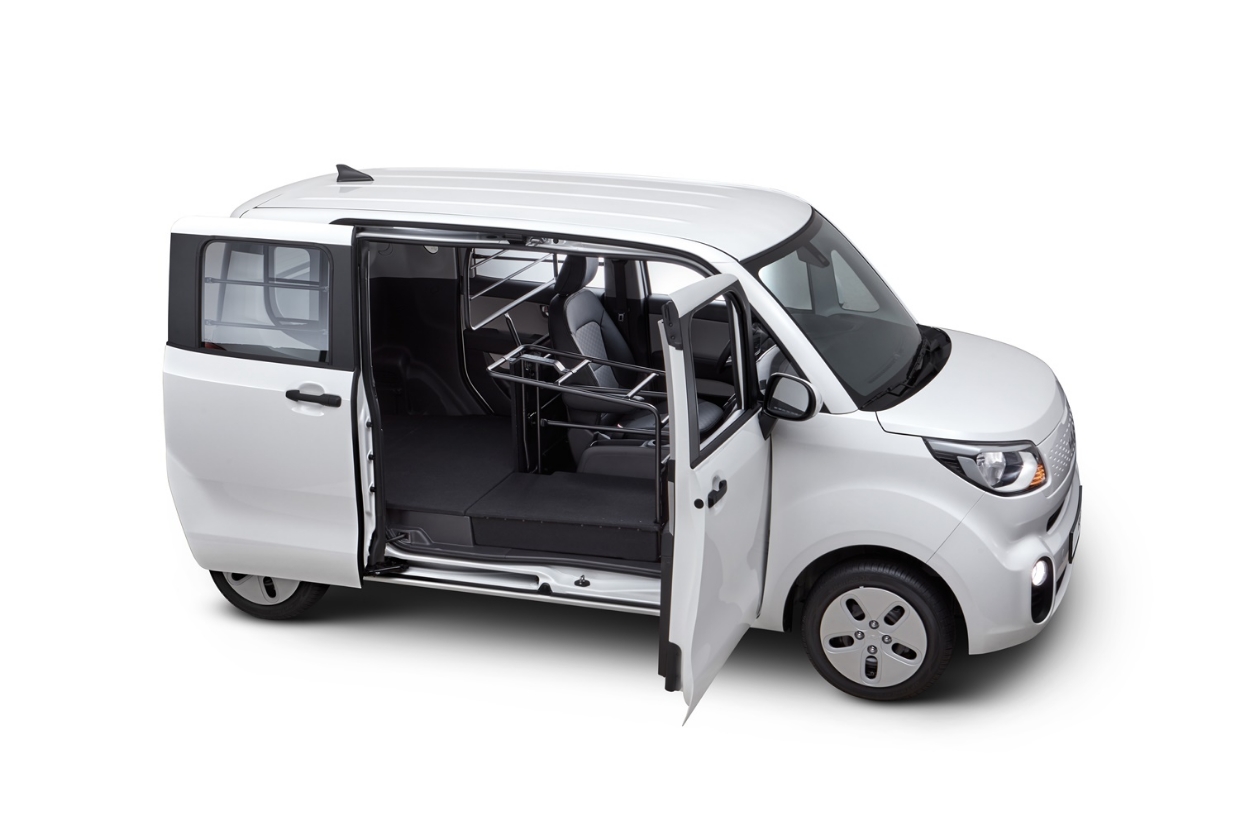
Single-seater Van Ray shows the direction of Kia’s PBV
The Single-seater Van Ray is the first mass-produced model that gives a glimpse of Kia’s PBV strategy. It is for last-mile delivery that transports small cargo within the city center by removing the rear and front passenger seats, providing additional storage space. Compared to the two-seater Ray-Ban, the cargo loading area has increased by about 30%, and the maximum loading capacity is 1,628 liters. The vertical length of the loading space is 1.913m, and one adult can lie down without much inconvenience, so This is the most bright. In addition to the 1-seater van Ray, Kia is preparing a 5-seater full-flat model with improved interior space and improved loading convenience. The Lay 5-seater full-flat features a flattened interior space by adding a folding function to the first and second rows.
Ride Hailing PBV: Niro Plus
The Niro Plus is a PBV that can be used for purposes such as taxi operators and ride-hailing. At the same time, in Korea, we want to expand our customer base to include business vehicles for general companies, government vehicles, and campers for camping enthusiasts so that various customers can add value to their use. To this end, based on the existing Niro EV, the Niro Plus was differentiated by raising the interior height to improve rideability and to create a comfortable interior space.
Kia is expected to maximize customer business profitability by providing a 300,000 km battery warranty and service platform for Niro Plus taxi operators. The service platform is an EV taxi-specialized specification that provides a variety of convenient functions to help safe and convenient taxi operation. Currently, Kia signed an agreement with Kakao Mobility last year for the rapid dissemination of eco-friendly electric taxis and is completing a customized solution for electric taxis together.
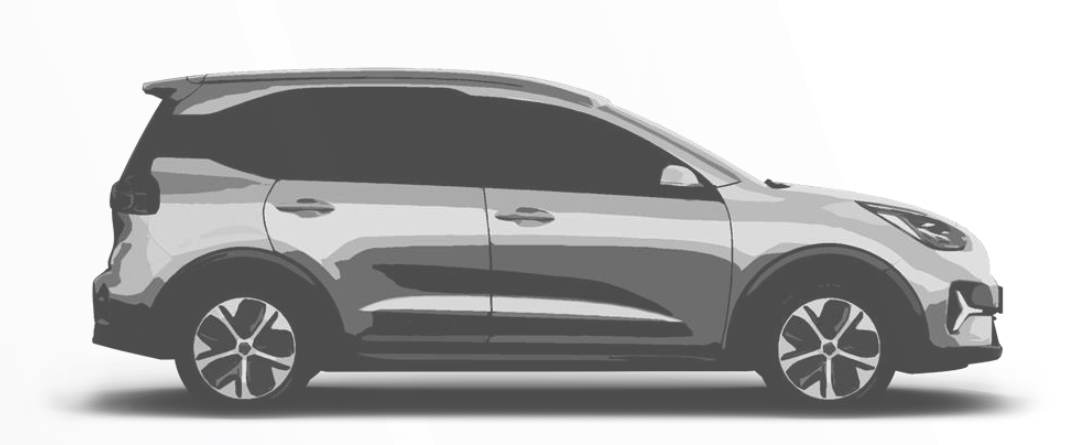
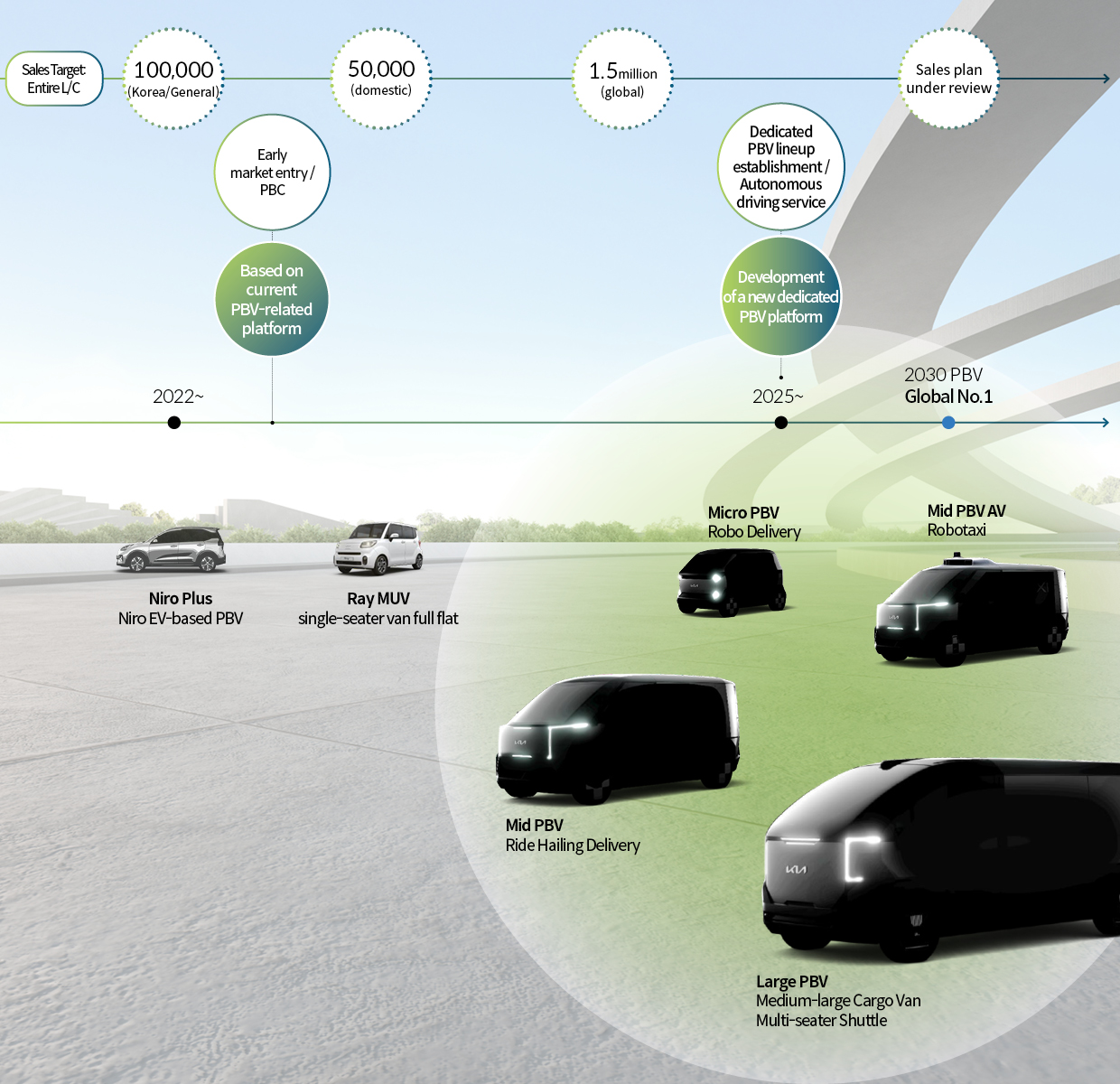
As such, Kia is responding to the market early with existing car-based PBVs such as Ray 1-seater vans, 5-seater full-flats, and Niro Plus, and plans to launch the first dedicated PBV model in 2025. Kia’s exclusive PBV will be developed as a mid PBV that can handle various operating purposes, such as ride-hailing, robot taxis, and small cargo vans. The mid-PBV adopts a structure that can combine various upper bodies on a dedicated skateboard platform. Based on the advantages of a low-floor and flat platform, some models realize high interior height and space for adults to work while standing indoors. In addition, it plans to prepare specifications and durability that reduce the total cost of ownership for operators, such as real-time wireless software updates and meeting 600,000 km endurance tests. Robot taxis capable of fully autonomous driving in the future will also be implemented through mid-PBV.
Kia’s exclusive PBV lineup will be expanded to include micro PBVs and large PBVs in addition to mid-PBVs. Micro PBV is an unmanned autonomous PBV optimized for small cargo delivery and is used for the delivery of food and household goods. In addition, large PBV plans to expand its scalability to various business cases such as logistics, cold chain (refrigerated logistics), multi-seater shuttles, mobile offices, and stores. Through this, the automaker aims to provide customized solutions for customers in various mobility service fields such as e-commerce, logistics, shuttle, and robot delivery.
Since the rapid evolution of PBV, rather than becoming a simple means of transportation, it provides various functions and services according to its purpose. People hope that PBV will come as soon as possible by combining electrification and autonomous driving technology to enrich our lives.
PBV and electrification: the sustainable future of 〈All About PBV〉
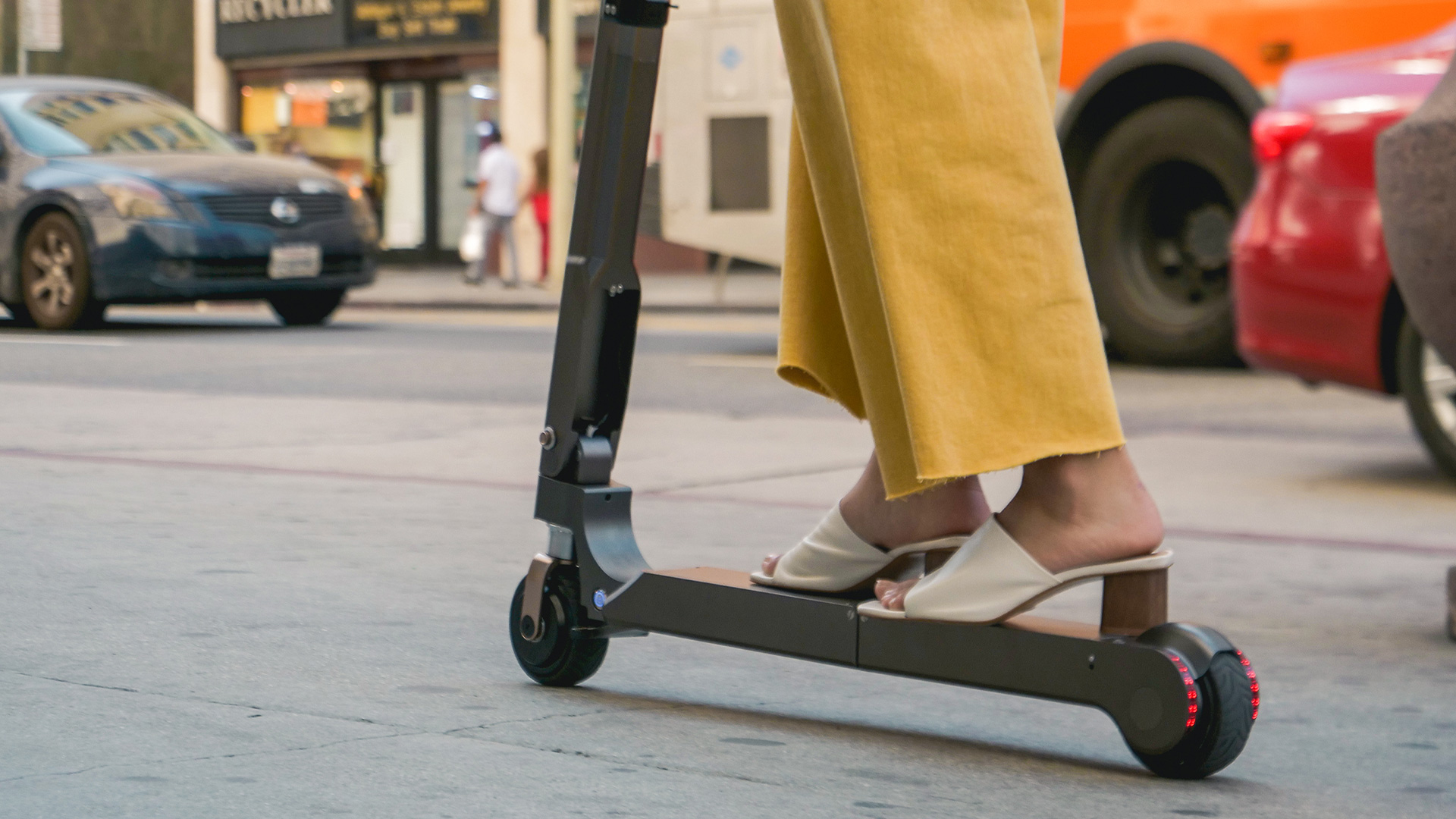
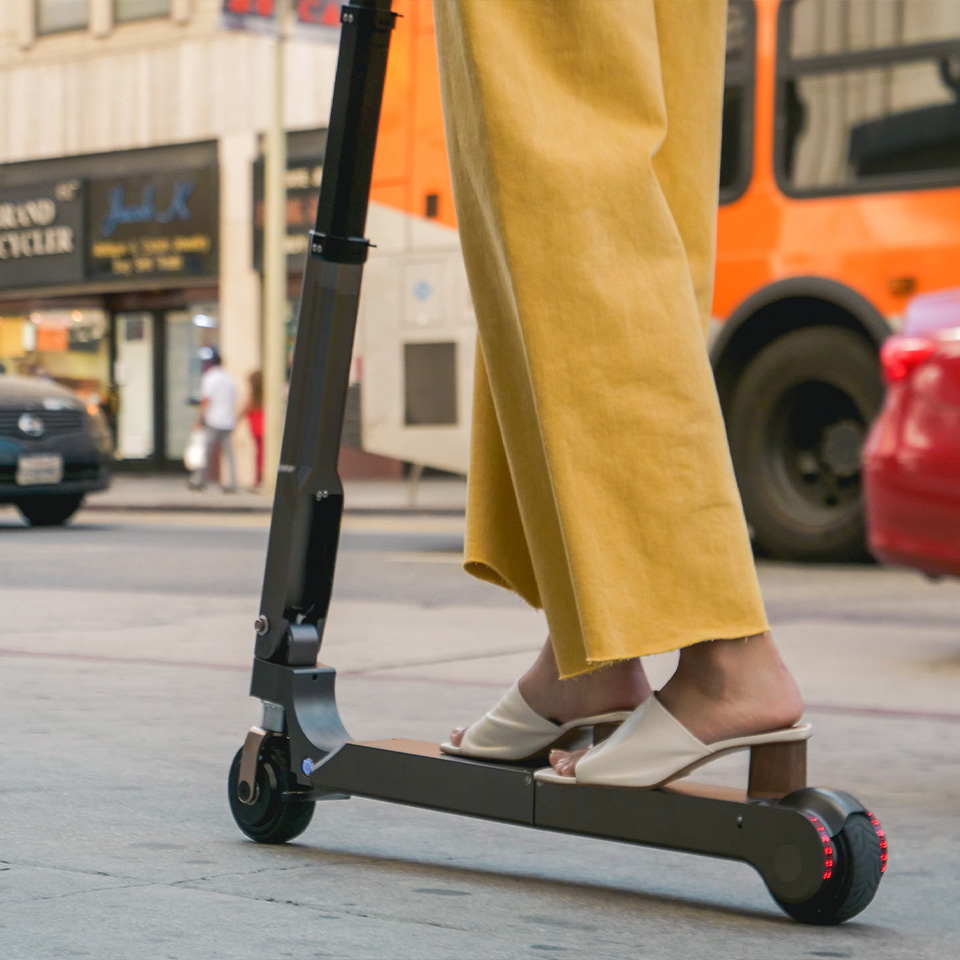
[Mobility Trend Vol.1] Last Mile: The last leg of a journey
2021.03.26 6min read